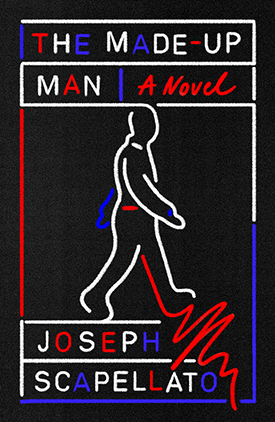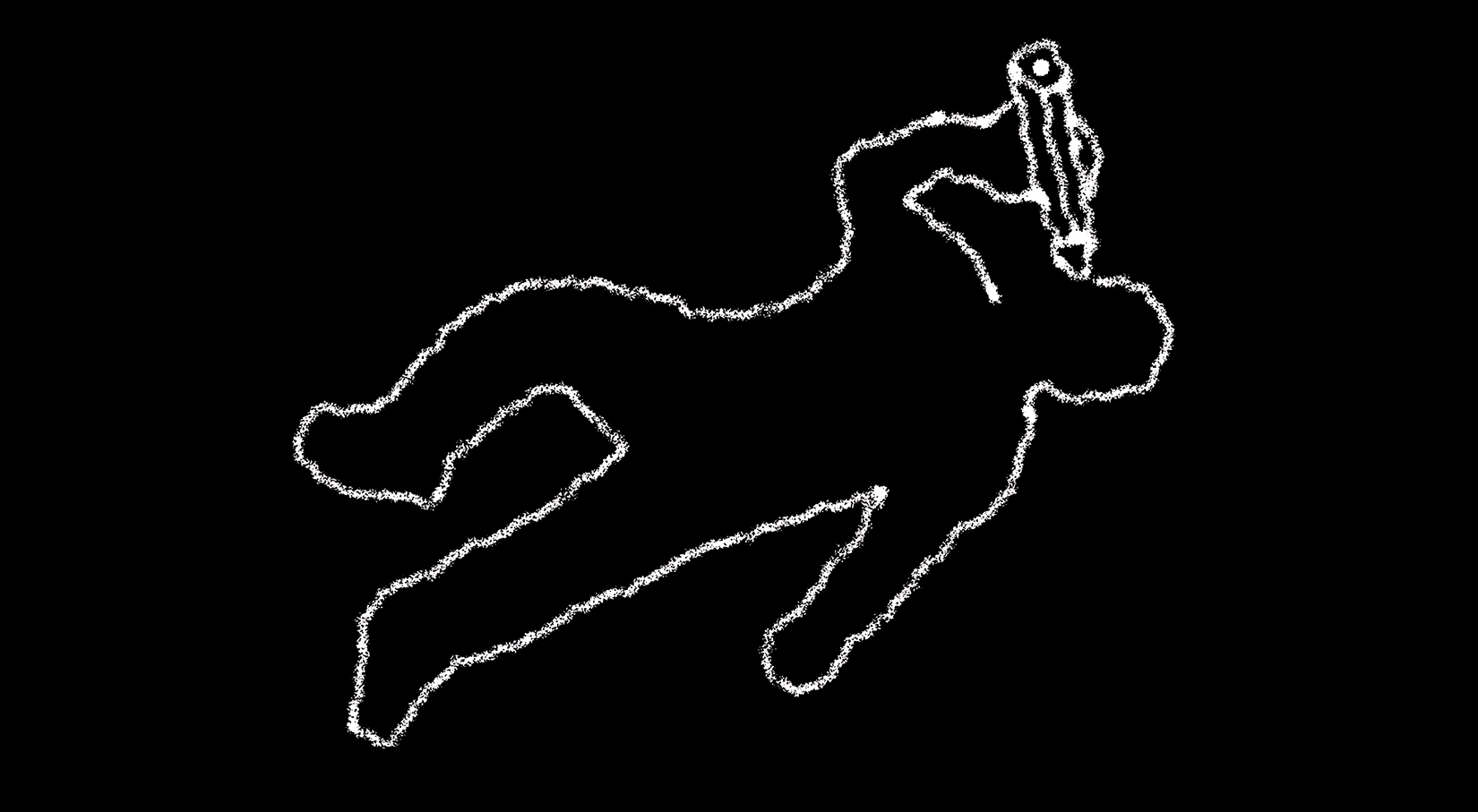
My novel, The Made-Up Man, began with an inside joke.
In 2005, when I was twenty-two, I backpacked Europe for a month with my buddy Andrew. We toured cities we’d already heard of, but also decided, just for the hell of it, to go to Prague. It was a place we knew nothing about. When we arrived, we were entranced. Prague was gorgeous and strange and cheap. We wandered its medieval alleys late at night, marveling not only at how clean they were, but at how their twisting, corridor-like nature evoked an illusion of privacy—an illusion that disintegrated as soon as you turned a bend into another group of tourists, your existence concealed from one another until what felt like the last moment. Mostly because of these alleys, Andrew and I agreed that Prague would be a spectacular place to shoot a film noir.
At some point, we started to co-narrate our Prague experiences in an over-the-top film noir/detective voice. I don’t remember the specific jokes very well, but I know for certain that we found them funny only because of how we told them: in that faux-gritty, goofily elevated, “hard-boiled” voice.
• • •
What’s always attracted me to film noir is its voicey-ness. Some of the genre’s most recognizable conventions are a product of how the narrator takes risks with narration. The slangy, simile-loaded language; the moral/amoral philosophizing; the jaded exploration of obsession, alienation, and class; and in my favorite examples of the genre, the way that the crime, even if solved, provides an opportunity to pose unsolvable existential questions.
The aggressive “edginess” of these conventions is partly why film noir is so readily (and gleefully!) parodied. But because the genre is such a convenient vehicle for social and psychological critique—and because crime-committing/-solving narratives almost automatically generate conflict-creating momentum—it’s no surprise that writers and filmmakers around the world continue to adapt this genre to their unique talents, interests, and cultural contexts.
Film noir, like other genres, supplies a starter pack for voice. How you build it is up to you.
Film noir, like other genres, supplies a starter pack for voice. How you build it is up to you.
• • •
As soon as I returned to Chicago from my trip abroad in July 2005, I prepared to move to Las Cruces. I was about to begin an MFA in Fiction at New Mexico State University. Larry Watson, who I’d studied with in undergrad, had said that it might be wise to start a new writing project before I moved southwest. Something to keep me limber. Something to maybe use for my first workshop. With this advice in mind, I wrote a few pages of a piece based on the voicey film-noir inside joke from Prague.
And I was glad that I did: the first assignment for my first MFA workshop was to write forty pages. We were given two weeks to do this. Our teacher, Kevin McIlvoy, argued that at forty pages, the “will of the work” emerges—in order for us to reach forty pages by the deadline, he claimed, we would be forced to move beyond our writerly plans for the work, and into the work’s plans for the work. To say it another way, this was when the work would start to be about itself.
This turned out to be true for me. When I got to page forty of my Prague story, I found myself writing a scene I didn’t anticipate: the appearance, in the narrator’s apartment, of chalk outlines of human figures.
• • •
In 2014 I returned to the Prague story in a serious way. I had started to see it as a novel. The way that I would get through the first complete draft, I told myself, was by including as many film noir/detective conventions as possible, and inverting them.
For example: I made the narrator, who is in the slot of “detective,” utterly uninterested in the “case” that he’s “on.” Similarly, the question of who the nefarious individual is behind the story’s “mystery” or “crime” isn’t a question at all: the narrator knows that the “villain” is his performance artist uncle.
I’ve taught creative writing for fourteen years. Many young writers, I’ve noticed, set out on the path of a lengthy writing project with the subversion or inversion of genre conventions as a primary goal. And I can see why: beginning with conventions gives the feeling of a sturdy foundation (you have a place to begin, you have a place to go), and at the same time, the decision to attempt to rework these conventions gives a feeling of exciting agency (you’re attempting to try something new). This is an attractive combination.
It turned out, however, that my happy feelings of solid ground and authorial power—which I clung to—belonged to that noble category known as “Lies Writers Tell Themselves To Help Them Write.”
What I discovered was that because I had committed to a detective-style film-noir plot shape, many of the inversions that I attempted—and eventually, almost all of them—could not in fact be strict 180-degree reversals. The supposedly opposite alternative was still inside the plot shape. Here’s just one example: should the character in the slot of “femme fatale” betray the “detective,” or save him? Neither choice is an inversion of the other; both are tropes with plenty of precedent. Whatever you pour into a shot glass is going to be in the shape of the shot glass.
The further I got into the book, the more I ran into this conundrum. I considered the possibility of negation—for instance, making the “femme fatale” present, but markedly uninvolved with the “detective.” If I did that, though, the label of “femme fatale” ceased to apply, and more importantly, the characters’ urgent connections to one another dissolved.
And these were just the difficulties with what you might call the “narrative conventions.” The “stylistic conventions” were much less appealing to subvert. Did I really want to do away with the convention of a lively voice?
The work had become about itself.
• • •
This was where “the will of the work” stepped in. Over the course of many drafts, the novel moved away from its intellectual engagement with film noir conventions, and into a state of more sustained emotional engagement with its characters; through its characters, the novel uncovered its themes. The work had become about itself.
By starting with genre, in other words, I started with voice. The voice echoed around inside the genre’s structure. At a certain critical point, it escaped into its own structure. And once it was there, thankfully, it had more room to say what it wanted to say.
Joseph Scapellato’s debut story collection, Big Lonesome, was published in 2017. He earned his MFA in fiction at New Mexico State University and has been published in Kenyon Review Online, Gulf Coast, Post Road Magazine, PANK, UNSAID, and other literary magazines. His work has been anthologized in Forty Stories, Gigantic Worlds: An Anthology of Science Flash Fiction, and The Best Innovative Writing. Scapellato is an assistant professor of English in the creative writing program at Bucknell University. He grew up in the suburbs of Chicago and lives in Lewisburg, Pennsylvania, with his wife, daughter, and dog.
